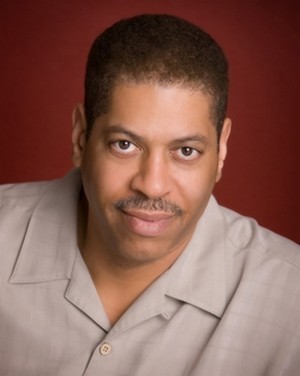Coaches Corner by Sam Weaver
Coach, Director, Therapist — Same Job …
The first commercial job I took after college was in Amarillo, TX. I was low man on the totem pole, surrounded by a cast that included a full-time air talent who doubled as a fireman, a morning guy who used the studio trash can as a spittoon, a PM-drive personality who wore surgical gloves in production, and a part-time talent who worked at a funeral home as a full-time embalmer. Experiences like that taught me a lifetime of lessons about working with air talent.
There’s Still Some Meat On The Bones…
I’m glad to see more local shows creeping back into different formats. But one thing I’ve noticed — because of syndication, there’s now a generation of programmers who haven’t been a member of or even coached a morning show/entertainment ensemble. This isn’t a knock on syndication or voice-tracking — it’s just where the business is today.
All For One & One For All…
The best coaching advice I ever heard for working with a morning or entertainment show came from NBA coach Phil Jackson. I think he qualifies with 11 championship rings.
He said, “The strength of the team is each individual member. The strength of each member is the team. What attracted me to the Triangle Offense was the way it empowers players and offers each a vital role to play as well as a high level of creativity within a clear well-defined structure. For it to work, all five players must be fully engaged every second or the system will fail.”
I believe that the same thought process applies to morning and entertainment ensembles in other dayparts or platforms.
Behind The Chemistry…
Programming and coaching any ensemble takes patience, detail, and keeping your eye on the big picture. Building a cast that sounds natural and in sync takes real work. Each member’s on-air lane needs to be clear. The audience should feel like they’re listening to a family that talks before and after the mic is on.
Here’s What I’ve Learned…
A show works best with no more than three core voices. There’s room for occasional role players, but not every cast member needs to speak in every break. It’s a team effort — the show gets the credit. The only one who needs to be in every talk set is the show’s designated anchor. Over time, roles can shift — it all depends on what fits. This formula can be applied to any audio platform.
3 Must-Haves For Every Cast
- Connection — An ensemble who connects with each other and the target audience.
- Authenticity — Talents who can sell their character on and off the air.
- Social/Digital Savvy — Multi-platform talents that can also work the station’s other platforms like social media, video, or podcasts.
The Daily Grind…
A reporter once asked Major League Baseball Hall of Fame pitcher Greg Maddox, “How do you repeat your mechanics?” Maddox said, “I throw a lot.” Same with ensembles — practice builds consistency and makes for better communicators, no matter what platform they’re on.
And if you need some friendly advice, drop me an email; samweaver@samweavermedia.com or text me, (972) 672-4812.




